Service hotline
+86 0755-83975897
Release date:2025-02-10Author source:KinghelmViews:34
DIP switches (Dual Inline Package switches) are small, reliable electronic components used in a variety of electronic devices, household appliances, and industrial systems. They allow users to configure device settings, addresses, or functions through a series of on/off switch combinations. While often small in size, the role of DIP switches in circuit connections is crucial. This guide will walk you through how to properly wire the pins of a DIP switch and provide tips for their effective use in different applications.
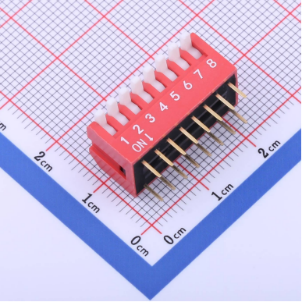
A typical DIP switch is composed of multiple miniature switches, each with two states: ON (closed) or OFF (open). The pins of a DIP switch are typically located on either side, and each switch controls a specific function by completing or breaking a circuit. Most DIP switches feature two pins for each switch: one for connecting to power (positive) and the other for connecting to the load (device control). By manipulating the combination of switches, users can configure the device's settings accordingly.
Here’s a breakdown of how to wire a DIP switch properly:
DIP switches usually have two rows of pins, with each row corresponding to one switch. Depending on the number of switches and the model, the number of pins can vary. Common configurations include two rows of 8 pins or two rows of 4 pins.
Each switch on a DIP switch has two pins. One pin is typically connected to the power source (positive), while the other is connected to the device’s control input (such as a microcontroller input port). When the switch is in the "ON" position, it closes the circuit, creating a connection; when the switch is in the "OFF" position, the circuit is open.
When a DIP switch has multiple switches, each switch’s pins can be connected to different device functions or control modules. For instance, you can connect the pins to the input ports of a microcontroller, and by reading the state of each switch, the microcontroller can determine the device’s operational mode or set various parameters.
In practical applications, you can wire each switch's pin to an input pin, then program the microcontroller to read the switch state. For example, if a switch is in the "ON" position, the corresponding input pin will receive a high signal, and when it’s "OFF", it will receive a low signal.
Select a DIP switch based on the number of functions or devices you need to control. For example, an 8-position DIP switch can offer 256 different combinations, which is sufficient for most configuration needs.
Proper planning of each switch’s function is key. Consult the device's manual to understand the specific role of each switch. For instance, some devices may require a DIP switch to configure parameters like operating frequency, address, or other system settings.
When wiring a DIP switch, make sure the pin connections are secure to avoid poor contact or short circuits. Depending on the device, you can use either soldering or plug-in connections to ensure reliability and prevent connection issues.
DIP switches are affordable and practical, making them ideal for applications requiring stable, cost-effective solutions. With a simple mechanical structure, DIP switches boast long life spans and low maintenance costs.
DIP switches are used extensively across various electronic devices, including household appliances, communication equipment, and industrial automation systems. They’re often employed for setting up device configurations, troubleshooting, or adjusting operational modes.
Compared to other configuration methods, DIP switches are easy to operate and provide immediate feedback. Users can quickly change settings by flipping a switch, making them perfect for devices that don’t require complex configuration.
Correctly wiring and configuring DIP switch pins is essential for achieving optimal device functionality. By understanding the basic wiring principles and the right configuration, you can easily adjust device settings and improve performance. The stability, low cost, and wide applicability of DIP switches make them an indispensable part of modern electronics. We hope this guide helps you better understand the wiring techniques and practical applications of DIP switches in various devices.
If you need assistance with wiring or selecting the right DIP switch for your next project, Kinghelm offers high-quality solutions to meet your needs. Our reliable and durable DIP switches are designed for ease of use and long-lasting performance, perfect for any electronic device.
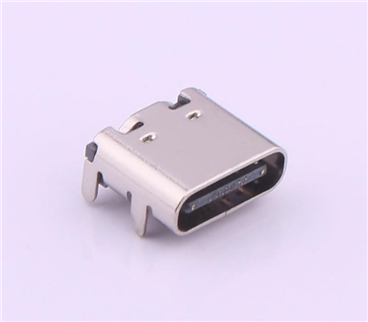
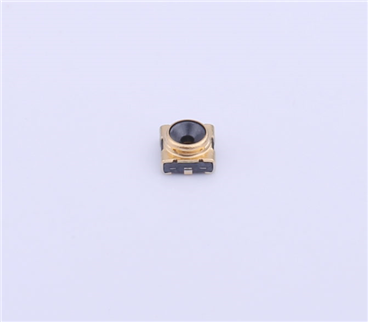
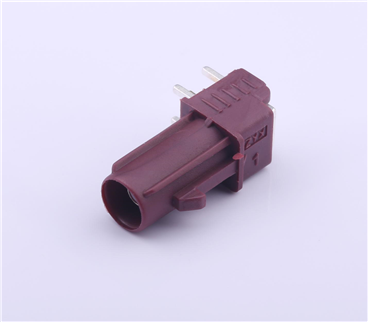
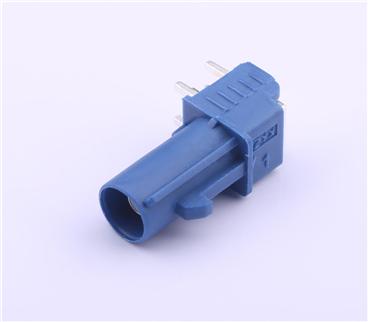
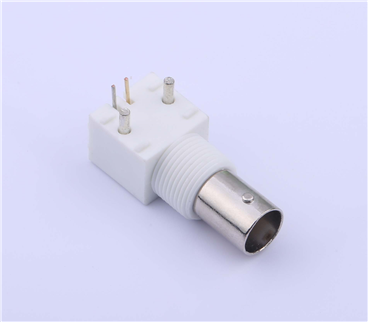
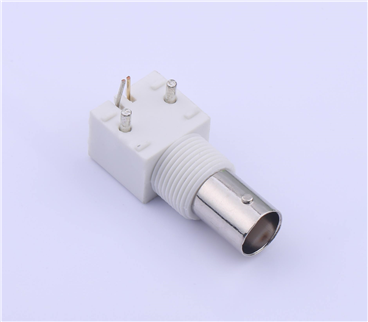
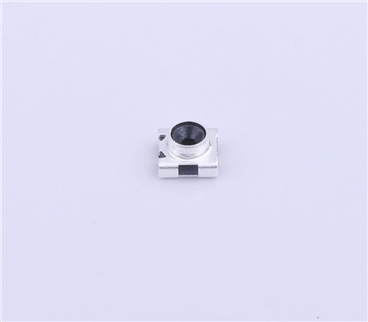
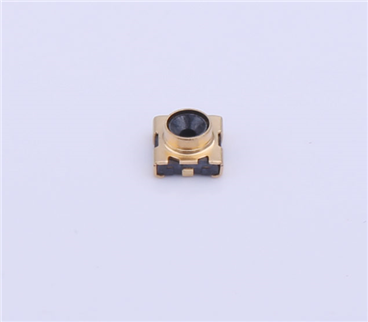
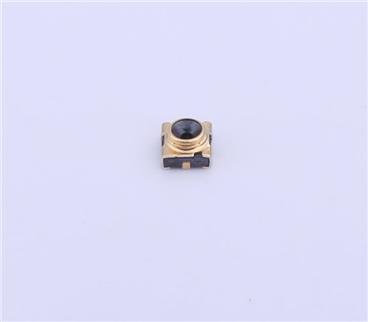
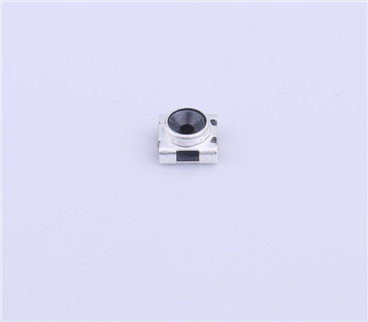
Copyright © Shenzhen Kinghelm Electronics Co., Ltd. all rights reservedYue ICP Bei No. 17113853